Domestic gasoline prices today February 10, 2024
In the domestic market, the selling prices of gasoline and oil today, February 10, are applied according to the prices at the management session on the afternoon of February 8 of the Ministry of Finance - Industry and Trade.
Accordingly, retail prices of gasoline and oil were adjusted down across the board. In particular, the price of RON 95 gasoline dropped sharply, to 23,000 VND/liter.
Specifically, the price of E5 gasoline decreased to 22,120 VND/liter. The price of RON 95 gasoline decreased to 23,260 VND/liter.
Diesel price dropped to 20,700 VND/liter. Kerosene retail price dropped to 20,580 VND/liter.
Retail price of gasoline today:
| Item | Price from February 8 (unit: VND/liter) | Compared to the previous period |
| RON 95-III gasoline | 23,260 | - 900 |
| E5 RON 92-II gasoline | 22,120 | - 790 |
| Diesel | 20,700 | - 290 |
| Oil | 20,580 | - 340 |
World oil prices today February 10, 2024
In the world market, gasoline prices today, February 10, continue to rise, towards the mark of 82 USD/barrel.
On February 9, international oil prices increased slightly after increasing by more than 3% in the previous session.
According to data from Oilprice, at 5:03 p.m. on February 9 (Vietnam time), Brent oil price was trading at 81.76 USD/barrel, up 0.13 USD, equivalent to 0.16% compared to the previous session. Meanwhile, WTI oil price was at 76.52 USD/barrel, up 0.3 USD, equivalent to 0.39% compared to the previous session.
Gasoline prices continued to climb, heading for a strong week, reversing last week's sharp decline.
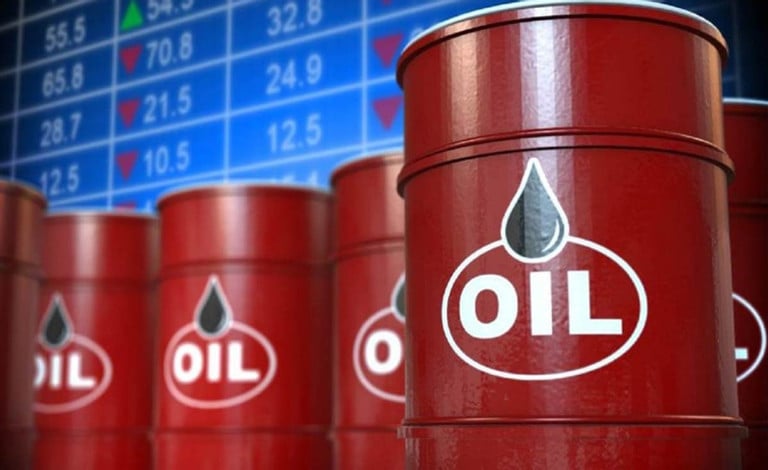
Oil prices continued to rise on fears of wider conflict in the Middle East after Israel rejected a ceasefire offer from Hamas.
Israeli Prime Minister Benjamin Netanyahu on February 7 rejected Hamas's proposal for a ceasefire and the return of hostages held in the Gaza Strip. Hamas had previously proposed a four and a half month ceasefire, but Israel rejected it. This shows the complexity of the conflict in the Middle East.
Israeli forces even bombed the city of Rafah on the southern border of the Gaza Strip after Prime Minister Benjamin Netanyahu rejected a proposal to end the conflicts.
Meanwhile, in the Red Sea, the security situation there is deteriorating, despite Western efforts to limit attacks by Houthi forces in Yemen.
Escalating geopolitical tensions have fueled strong buying in the crude oil market, sending oil prices higher.
In addition, a sharper-than-expected drop in US gasoline and distillate inventories also pushed oil prices up.
According to the US Energy Information Administration (EIA), US gasoline inventories fell by 3.15 million barrels last week, contrary to analysts' forecasts for an increase of 140,000 barrels. Similarly, US distillate inventories fell by 3.2 million barrels, while forecasts for a decrease of only 1 million barrels.
On the supply side, the EIA recently cut its outlook for US oil production growth in 2024 by 120,000 barrels per day to 170,000 barrels per day, down sharply from 2023's output growth of 1.02 million barrels per day.
Falling fuel inventories coupled with rising crude inventories signaled maintenance at US refineries.
US refinery maintenance combined with diesel shortages in Europe have supported oil prices.
In addition, concerns about tightening global supplies also pushed oil prices higher.
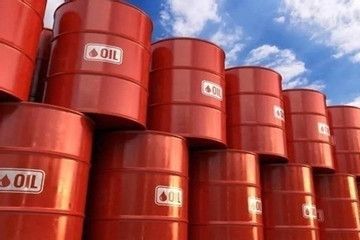
Source



![[Photo] Keep your warehouse safe in all situations](https://vphoto.vietnam.vn/thumb/1200x675/vietnam/resource/IMAGE/2025/10/1/3eb4eceafe68497989865e7faa4e4d0e)

![[Photo] Hanoi morning of October 1: Prolonged flooding, people wade to work](https://vphoto.vietnam.vn/thumb/1200x675/vietnam/resource/IMAGE/2025/10/1/189be28938e3493fa26b2938efa2059e)

![[Photo] President of the Cuban National Assembly visits President Ho Chi Minh's Mausoleum](https://vphoto.vietnam.vn/thumb/1200x675/vietnam/resource/IMAGE/2025/10/1/39f1142310fc4dae9e3de4fcc9ac2ed0)


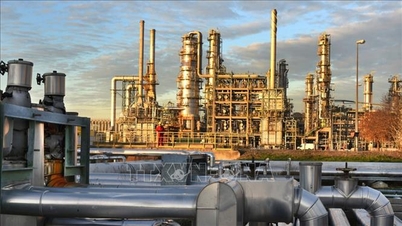


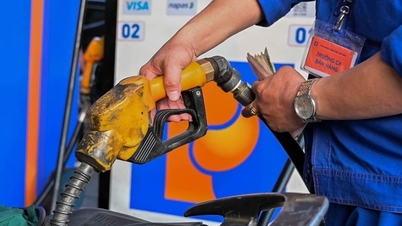

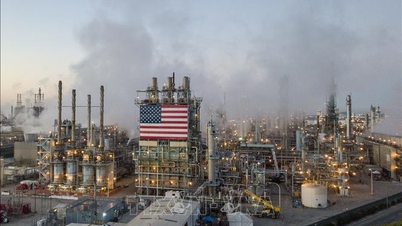






















































































Comment (0)